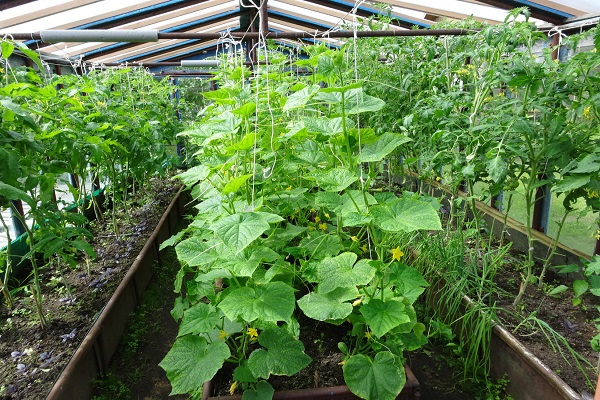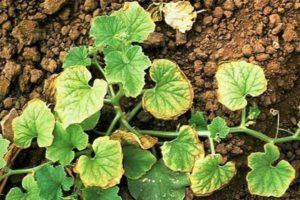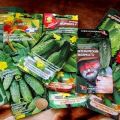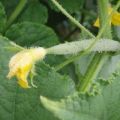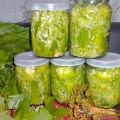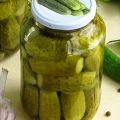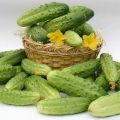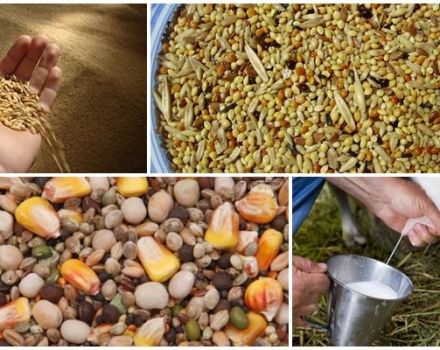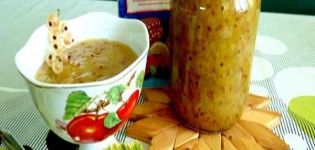Description of cucumbers of the Relay variety, their cultivation and yield
Cucumber F1 relay pleases with continuous fruiting from spring to autumn. The gardener has a chance to get an abundance of fragrant greens. Plants are planted in heated and cold greenhouses.
Features of the hybrid
Cucumber Relay in the 80s of the twentieth century was developed by the breeders of the Edelstein experimental station. In 1983, the hybrid was entered into the State Register. Recommended for growing in all regions in winter. In places with an unstable climate, the relay is grown from spring to autumn in unheated greenhouses.

Plant characteristic:
- the average ripening period (from germination to the first greenery is 55 days);
- high growth energy;
- leaves are large, green;
- flowers are predominantly female;
- pollination requires insects (bees);
- with competent agricultural technology, it is realistic to get 44 kg / sq. m.
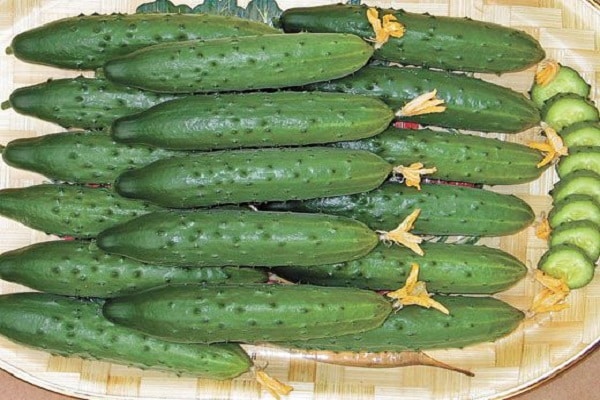
Everyone who planted this variety is happy with the Relay cucumbers. Ogorodnikov is pleased with the hybrid's ability to adapt to changing growing conditions. It tolerates shading easily. The plant is not affected by the virus cucumber mosaicrarely suffers from root rot.
Summer residents should take into account the dependence of the formation of female flowers on high night temperatures: male flowers grow at 20 degrees and above. In heated greenhouses, the hybrid is cultivated in autumn and winter.
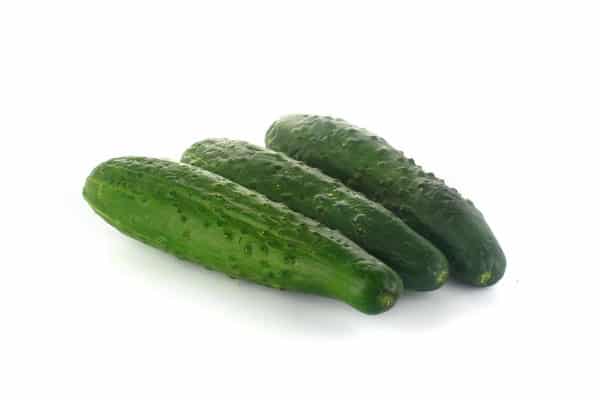
What cucumbers grow
Gardeners want fragrant sweet cucumbers. The relay fully satisfies this requirement. Breeders have created a hybrid with salad-type fruits.
Description of Zelentsov Relay:
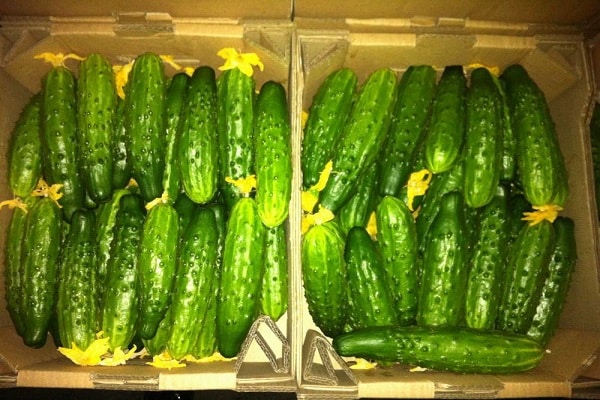
- green in shape resembles a spindle;
- color - bright green;
- rare tubercles;
- pubescence is white, rare;
- length - 20 cm;
- diameter in the middle of the fruit - 4 cm;
- the taste is sweet;
- the pulp is juicy, crispy;
- the skin is tender;
- the seeds are small, not coarse.
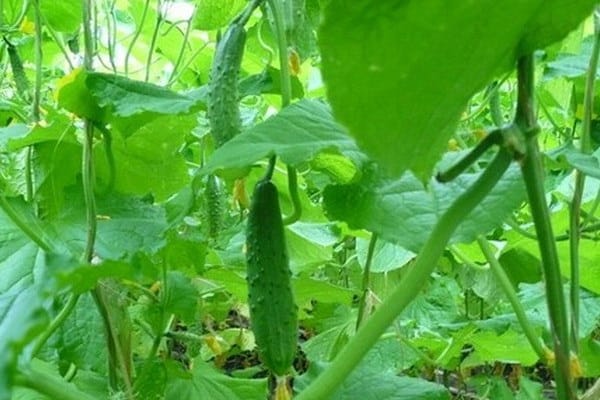
Gardeners like the lack of yellowness when overripe. Fruits do not grow longer than 22 cm.
Agronomists recommend eating fresh cucumbers: cutting them into salads, making sandwiches. But summer residents have expanded their purpose. Overgrown greens are canned for the winter as part of vegetable dishes, small ones are salted and pickled whole.

Good harvest rules
Choosing a variety of cucumbers is half the battle. But a well-read gardener knows: in order to get what you want, you must strictly follow the requirements of agricultural technology.
When grown in heated greenhouses, sow directly into the ground, 2-3 seeds per hole. Place 3-4 plants per square meter. After germination, leave 1 strongest plant, carefully cut the rest of the seedlings with a knife.
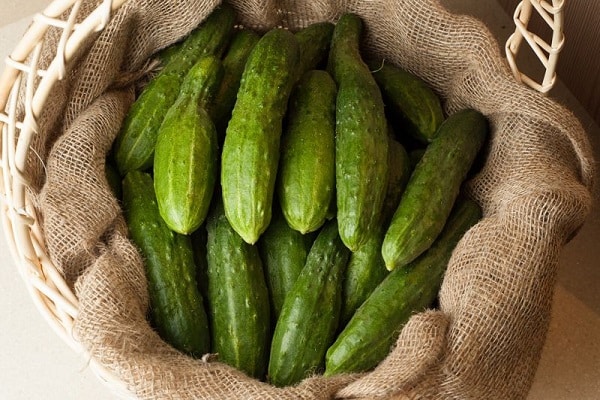
Growing the Relay in unheated greenhouses requires compliance with the following conditions:
- planting seedlings to a permanent place at the age of 20 days (the bush has 2-3 true leaves);
- soil filled with nitrogen fertilizer;
- mandatory garter to the support;
- blinding of lateral shoots after 8 leaves;
- turning the main stem around the upper support and lowering it down;
- blinding of the stem at a height of 1.5 m from the ground;
- mulching the ridges with mature organic matter (compost);
- regular watering and feeding;
- spraying plants in the heat;
- control of night temperatures.
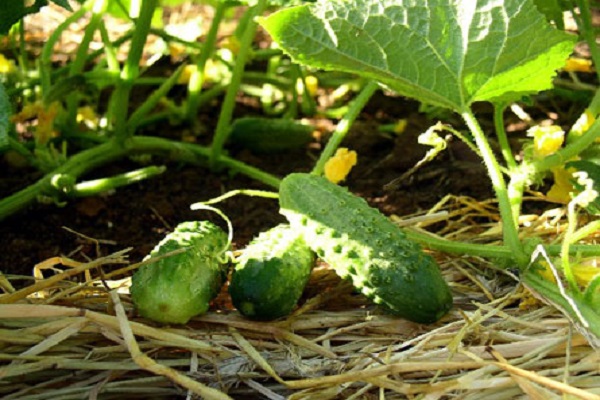
To attract bees and compact plantings, honey plants should be placed on the bed with the Relay: hyssop, basil.
In hot weather, it is recommended to cover the plants with a light-colored non-woven fabric or whitewash the greenhouse.
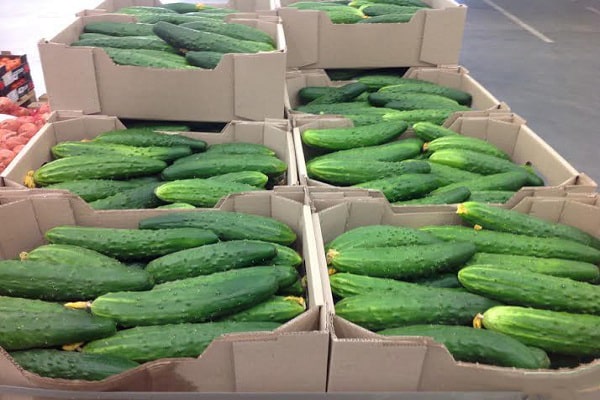
To stop the negative effects of high temperatures at night, simple measures are required. For 2 weeks before disembarkation and after, ensure the temperature at night is 16-18 degrees Celsius.
What gardeners say
Gardeners give good reviews of the hybrid. Summer residents like the taste, the purpose of using zelents, resistance to cucumber mosaic and root rot, long fruiting. The forums talk about long-term storage of the harvested fruits: up to 2 weeks without a refrigerator. Cucumbers endure long-term transportation to the place of sale.
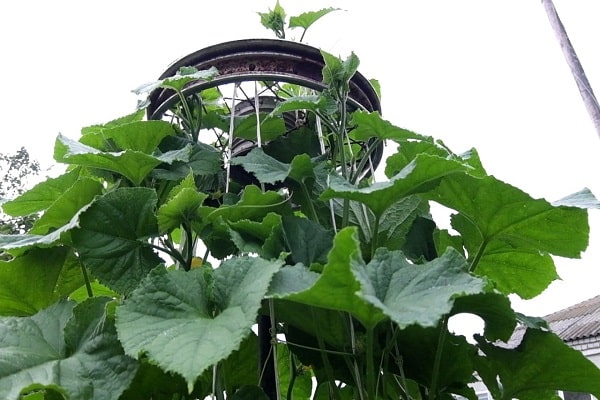
Unlike other varieties, Relay cucumbers easily tolerate fluctuations in temperature and illumination, the active formation of ovaries continues. Summer residents like the lower price of seeds compared to analogues from other manufacturers.
The disadvantages of F1 Relay cucumbers are considered sensitivity to heat and moisture in the soil (fruits accumulate bitterness) and the dependence of the crop on pollinating insects.
